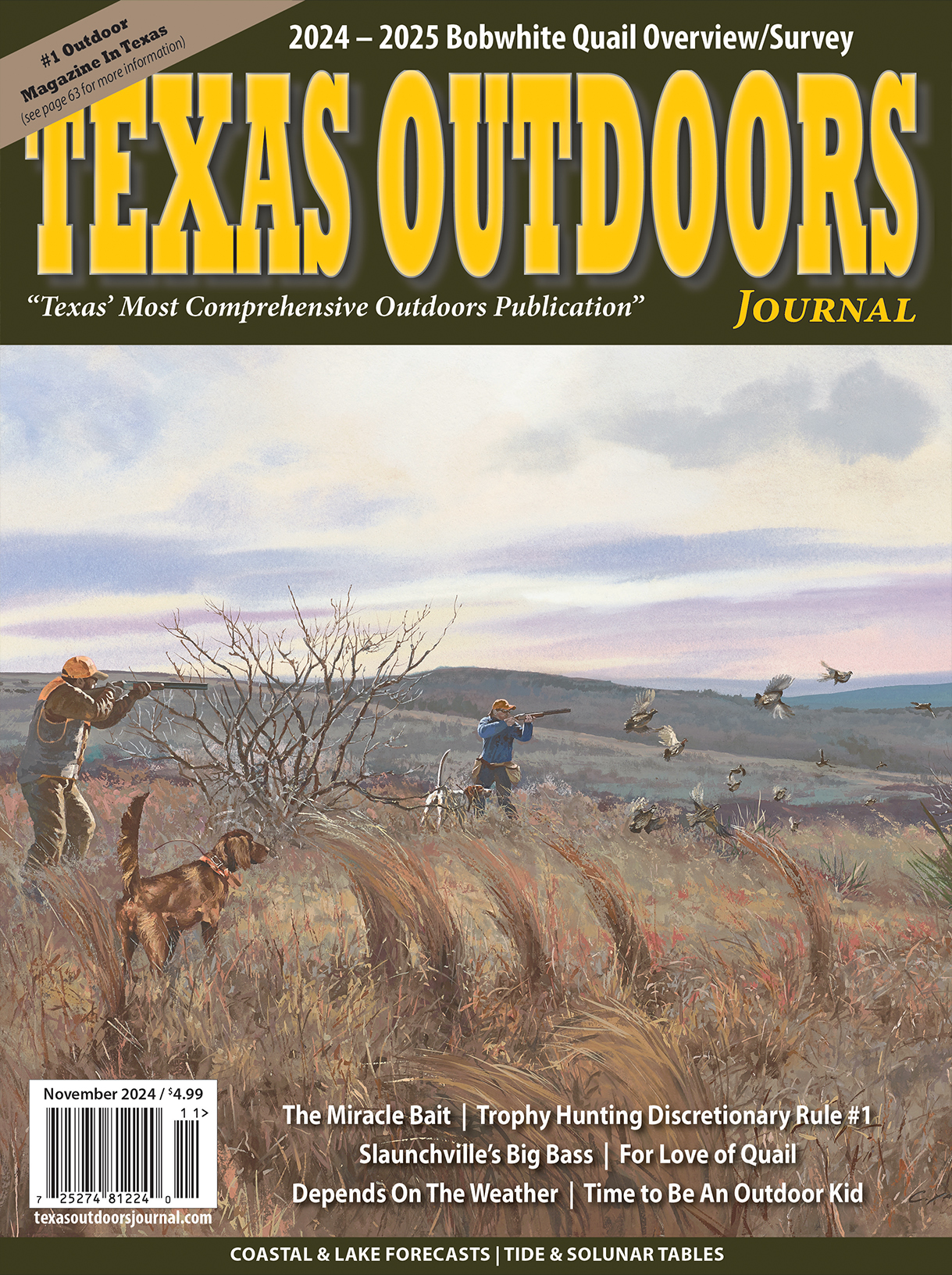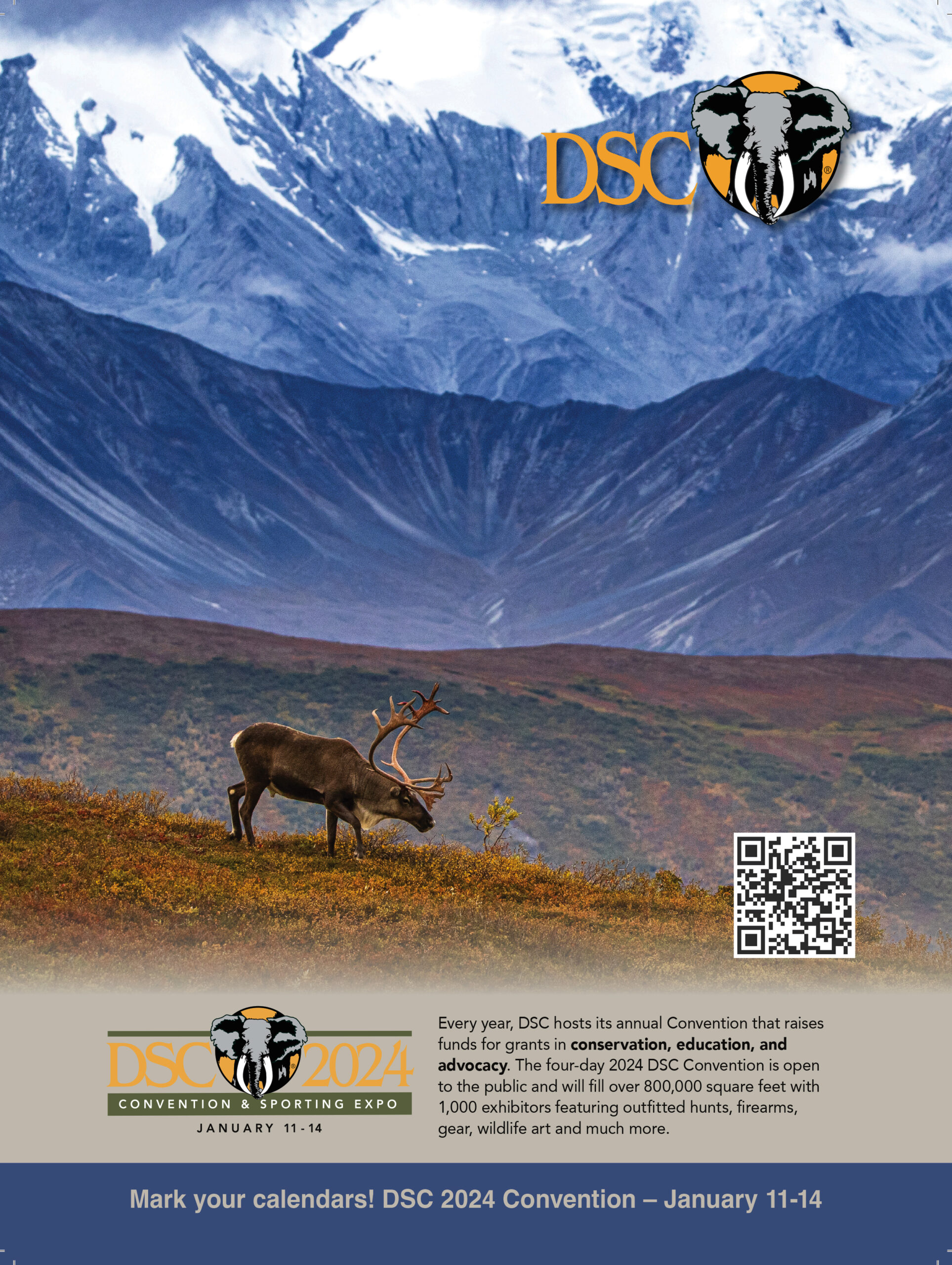
Soil and Water Stewardship Week Highlights Texas Land Stewardship
AUSTIN – Texas Parks and Wildlife Department (TPWD) has partnered with the Texas State Soil and Water Conservation Board (TSSWCB), Association of Texas Soil & Water Conservation Districts, Texas A&M Forest Service, Texas Wildlife Association and Texas and Southwestern Cattle Raisers Association to highlight Soil and Water Stewardship Week. The week is centered on the importance of voluntary land stewardship in Texas. The statewide campaign runs April 25 through May 2 and the focus this year is “Healthy Forests, Healthy Communities”.
Forest landowners are an important part of Texas agriculture and the stewards of this resource. They work closely with their local Soil and Water Conservation District (SWCD) and the Texas A&M Forest Service (TFS) district office to implement conservation practices that promote the health and sustainability of forests and forest ecosystems. These privately-owned forests contribute significantly to the Texas economy and provide numerous environmental and social benefits.
To truly have a healthy forest, proper management and conservation is needed. Thankfully, many forest landowners in Texas are implementing beneficial conservation practices such as strategic tree plantings, prescribed burning, brush management to remove diseased trees and invasive species, native grass management, wildlife management and even bee propagation to stimulate pollination. In certain instances, livestock can be included as part of a prescribed grazing plan to strategically manage the leaf litter, soil, and underbrush in a forested area, which can ultimately assist in preventing wildfires. Without these sustainable management practices, problems such as soil erosion, insect and disease outbreaks, invasive species encroachment, declines in biodiversity and even catastrophic wildfires can occur.
Trees filter air, reduce ambient temperatures, absorb carbon dioxide, and produce oxygen. They help conserve energy by casting summer shade and blocking winter winds. Tree roots hold the soil in place and fight erosion. Trees absorb and store rainwater, reducing runoff and sediments after storms, which also helps recharge groundwater supply and prevent flooding.
Essential products made from trees include paper products and lumber. Trees also offer habitat and food to birds, insects, lichen, fungi, mammals, and reptiles. Finally, trees increase our quality of life through a relaxing effect, reducing stress.
Partnering organizations in the “Healthy Forests, Healthy Communities” public awareness campaign includes Agriculture Teachers Association of Texas, Ag Workers Insurance, Ducks Unlimited, Earthmoving Contractors Association of Texas, Exotic Wildlife Association, Independent Cattlemen’s Association of Texas, Plains Cotton Growers, Project Learning Tree, San Antonio River Authority, South Texans’ Property Rights Association, Texan by Nature, Texas A&M AgriLife Blacklands Research and Extension Center, Texas A&M Forest Service, Texas A&M Natural Resources Institute, Texas Agricultural Cooperative Council, Texas Agricultural Land Trust, Texas Association of Dairymen, Texas Cattle Feeders Association, Texas Conservation Association for Water and Soil, Texas Farm Bureau, Texas Forestry Association, Texas Grain and Feed Association, Texas Grazing Land Coalition, Texas Hemp Growers Association, Texas Independent Ginners Association, Texas Land Trust Council, Texas Logging Council, Texas Parks and Wildlife Department, Texas Poultry Federation, Texas Sheep and Goat Raisers Association, Texas Water Resources Institute, and USDA Natural Resources Conservation Service.
Find more information on “Healthy Forests, Healthy Communities” on the TSSWCB website.









